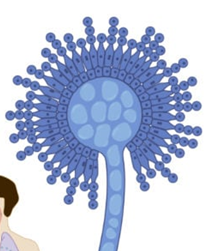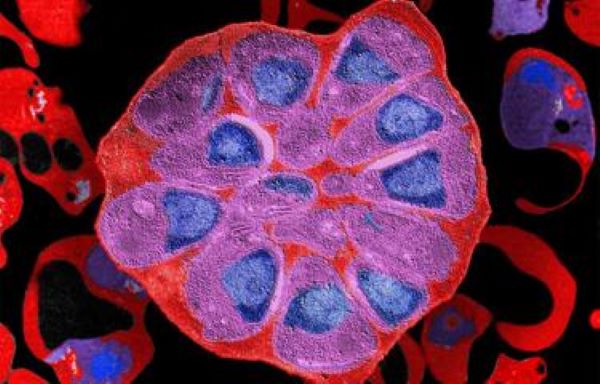PATHOGENES
Pathogens: history, spread, resistance, and genomics
Understanding the origin of pathogens
The common goals of this topic are to understand and identify the factors that contribute to the emergence, selection, and spread of pathogens. Environmental changes, human-animal interactions, contamination by mutation-selective pathogens, and genetic transmissions alter the evolutionary history of these pathogens at the human population, microbial community (microbiota), and PA cell (single cell) levels.
The unique feature of this topic is its integrated approach, ranging from observations (clinical or field) and phenotypic characterization of PAs to deciphering molecular pathophysiological mechanisms using ‘omics’ tools.
Coordinators PATHOGENES :
Anais Potron
Didier Hocquet
Location :
Hauts-du-Chazal
Research Areas
Spread of human pathogens
The spread of pathogens (PA) is studied using collections of microorganisms isolated from samples of human origin, but also from the environment (commercial, domestic, hospital) and from animals (livestock and wildlife).
Antimicrobial resistance (AMR)
Addressing antimicrobial resistance is a major public health challenge and involves studying the prevalence and identifying the genetic determinants of resistance to antibacterial and antifungal agents.
Host-pathogen interaction
The study of the host-pathogen relationship is based on an immunological approach that allows quantification of exposure to PAs in different environments by measuring the antibodies formed (IgE for immediate allergic reactions and IgG for infectious and immunoallergic reactions).
Areas of expertise

Bacteriology

Epidemiology

Mycology

Parasitology





